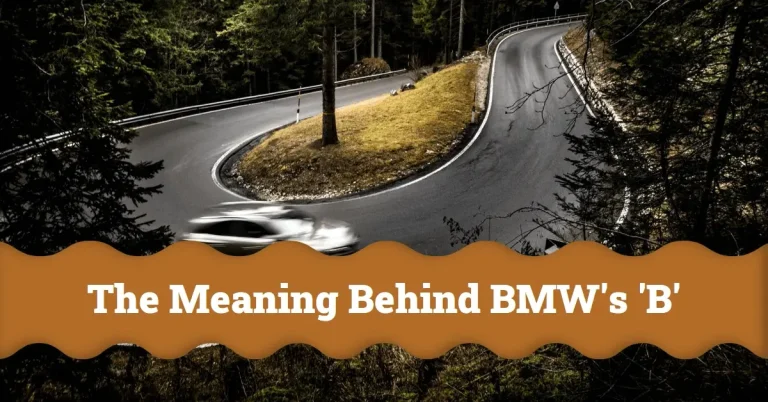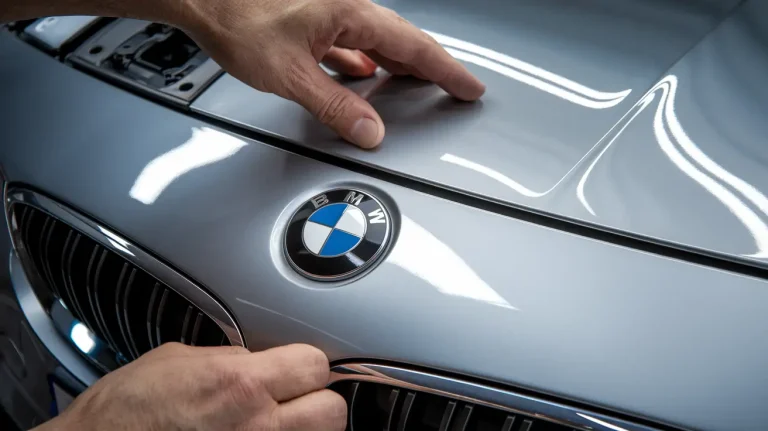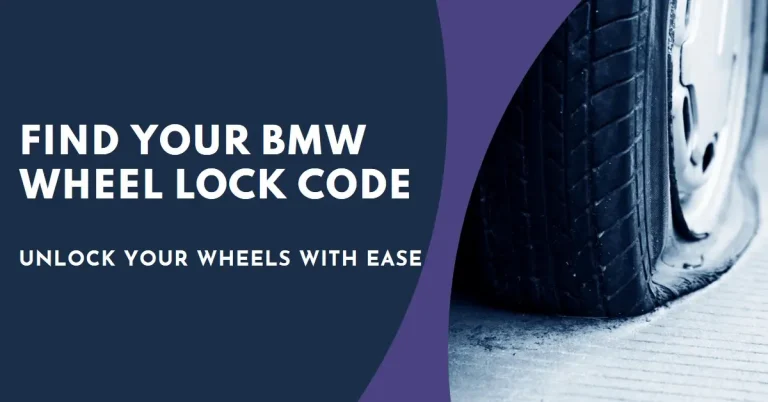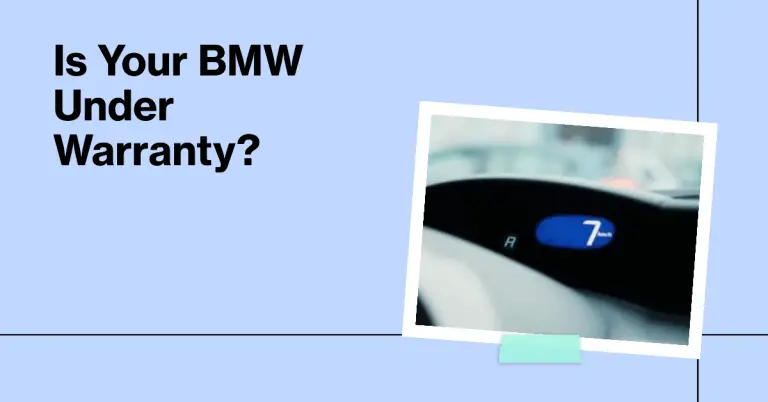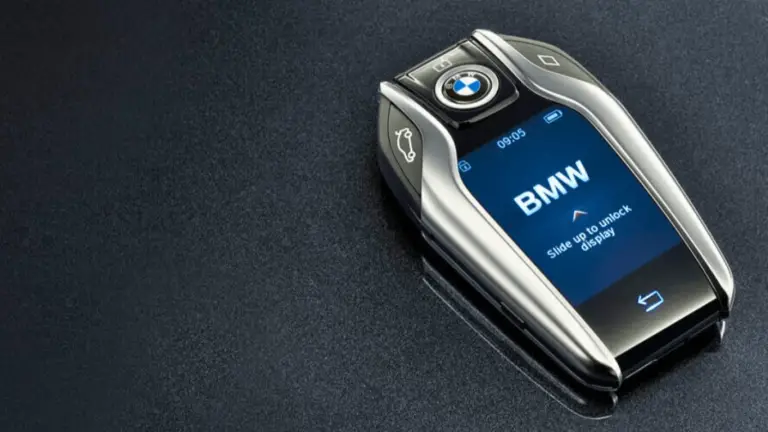Eco Pro BMW: The Ultimate Guide to BMW’s Fuel Efficient Technologies
BMW is renowned for making some of the most incredible performance luxury vehicles on the road today. However, with rising gas prices and greater environmental awareness, fuel efficiency has become an increasingly important consideration for car buyers. Thankfully, BMW has developed cutting-edge technologies to deliver excellent fuel economy without compromising on their signature driving experience.
BMW groups many of its fuel sipping innovations under its Eco Pro suite of efficiency enhancing features. But what exactly is Eco Pro, and what fuel savings benefits does it provide? This comprehensive guide will overview everything you need to know about BMW’s Eco Pro technologies and how they work to save fuel across BMW models.
We’ll cover key topics like:
- What is BMW Eco Pro mode and how does it work?
- Auto Start-Stop function and Brake Energy Regeneration
- Electric Power Steering and Climate Control features
- Lightweight engineering advancements
- EfficientDynamics suite of fuel saving innovations
- Real world fuel economy across BMW lineup
By the end, you’ll have an in-depth understanding of the clever engineering behind BMW’s efforts to balance efficiency and performance. Time to dive under the hood and explore the tech driving BMW’s fuel sipping sedans, SUVs, and electric vehicles.
What is BMW Eco Pro Mode?
The cornerstone of BMW’s efficiency technologies is the Eco Pro mode. Available across many new BMW models, Eco Pro mode optimizes the vehicle’s settings to maximize fuel efficiency without compromising on signature BMW driving dynamics.
When activated, Eco Pro mode adjusts the engine, transmission, and cruise control systems to save as much fuel as possible during driving. Specifically, it changes the engine’s throttle mapping to limit power and torque, enabling a more fuel-efficient driving style. It also alters the transmission’s shift points to utilize lower revs. Meanwhile, cruise control is adapted to be more conservative in its speed adjustments.
Together, these changes create a tamer, more relaxed driving experience focused on preserving momentum and limiting excess fuel burn. Throttle response feels smoother and less aggressive in Eco Pro. The transmission opts for earlier upshifts into higher gears, keeping revs low. Cruise control accelerates and decelerates more gradually.
The goal is to maintain efficient constant speeds and avoid aggressive inputs. BMW says that Eco Pro mode can reduce fuel consumption by up to 20% depending on your driving style.
Importantly, Eco Pro mode also causes the Auto Start-Stop function to activate more frequently. When the vehicle is stationary, Auto Start-Stop automatically turns the engine off to prevent wasteful idling and restarts it seamlessly when the brake is released. This combines with Eco Pro’s other optimizations for even greater savings.
How Does the Eco Pro Mode Work?
Eco Pro mode provides its fuel saving benefits through seamless and sustained adjustments to the powertrain, transmission, and cruise control systems. Here’s a deeper look at how it delivers increased efficiency:
Powertrain Optimization
The engine and throttle mapping are modified to reduce power and torque output across the rev range. This limits the rate of acceleration and encourages gradual speed increases. The engine also utilizes Start-Stop more aggressively to reduce idling.
Adaptive Transmission Control
The transmission’s shift points are adapted to upshift earlier into higher gears. This keeps revs lower in the optimal efficiency zone. The transmission also avoids unnecessary downshifts when decelerating.
Energy Management
Additional energy management features activate to reduce electrical loads. Climate control and heated seat usage are optimized, alternate heat circulation systems activate, and parasitic losses in the drivetrain are reduced.
These enhancements work continuously in the background to alter the vehicle’s responses. BMW engineered Eco Pro mode to provide subtle changes that don’t interfere with enjoying the drive. The transition between standard mode and Eco Pro mode is seamless. Just toggle Eco Pro on and improved fuel economy follows.
Eco Pro Display and Feedback
To help drivers maximize efficiency, BMW added useful features to the Eco Pro display. Located in the instrument cluster, the Eco Pro screen provides realtime feedback including:
Driving Tips
The display gives suggestions like “Use Eco Pro mode,” “Moderate acceleration,” and “Consistent speed” to guide efficient driving habits.
Fuel Savings
An indicator shows real-time reductions in fuel consumption since Eco Pro was activated. This fuel savings figure provides motivation to drive efficiently.
Driving Style Assessment
Based on your throttle and braking inputs, the system provides an assessment of your driving style as economical, normal, or aggressive. Use this to adjust your habits.
The simplicity of the display and instant feedback help drivers learn how to leverage Eco Pro mode for real world fuel savings. Checking the screen becomes part of your routine to drive more efficiently.
Auto Start-Stop Function
Now let’s explore some of the other major fuel saving technologies that Eco Pro mode utilizes for added efficiency. One of the most impactful is BMW’s Auto Start-Stop system.
The Auto Start-Stop function automatically shuts off the engine when the vehicle comes to a stop, such as at a traffic light or in stop-and-go traffic. This prevents wasteful fuel consumption from idling.
As soon as the brake pedal is released, the engine seamlessly restarts. This allows the Start-Stop system to activate frequently since the restart process is so smooth and responsive. Even brief stops of just seconds can produce fuel savings, which add up over time.
The Auto Start-Stop system delivers multiple benefits:
- Reduces Fuel Waste: Eliminates unnecessary fuel burn during idling
- Lowers Emissions: Reduces exhaust emissions in stationary traffic
- Improves Economy: Gain fuel savings, especially in urban driving
- Smoother Operation: Designed for seamless automatic switch off and on
BMW customized the system extensively for their vehicles to maintain refined drivability. Sensors ensure smooth restarts by checking parameters like engine temperature and battery charge level. Overall, Auto Start-Stop can improve fuel consumption by up to 8% in city driving.
Brake Energy Regeneration System
Another innovation activated by Eco Pro mode is BMW’s Brake Energy Regeneration System. This captures energy that would otherwise be lost when braking and repurposes it to help power the vehicle.
Here is how it works:
When the vehicle is coasting or braking, the electric motor switches to generator mode. This converts momentum into electricity. The generated energy gets sent to the battery, reducing the electrical draw on the engine.
Under braking, the powertrain is disengaged so the wheels solely power the generator. Harder braking increases electricity generation up to a maximum of 100 kW. This electricity accumulates in the battery for later use.
The benefits of BMW’s Brake Energy Regeneration include:
- Improved Efficiency: Reduces engine workload by supplying stored electricity
- Longer Battery Life: Keeps battery charged so Auto Start-Stop engages more often
- Recaptured Energy: Conserves momentum that normally dissipates as heat
- Up to 3% Fuel Savings: Combining with other systems leads to reduced fuel consumption
The process occurs automatically without any input needed from the driver. Brake Energy Regeneration seamlessly charges the battery and powers the vehicle’s electrical systems whenever decelerating or braking.
Electric Power Steering Improves Efficiency
BMW’s switch from hydraulic to electric power steering also boosted fuel economy across models.
Compared to traditional hydraulic steering systems, electric power steering:
- Is more efficient since it draws power directly from the battery rather than the engine
- Eliminates the parasitic loss from hydraulic steering pump drag
- Weighs less which reduces overall vehicle mass and improves fuel economy
- Allows Active Start-Stop to operate since power steering still functions with the engine off
Electric power steering converts driver inputs on the steering wheel into electrical signals to motor the wheels left or right. This results in effortless and precise steering control.
Sensors detect the amount of effort applied to the wheel and provide the appropriate power assist via the electric motor. This enables easy maneuvering at low speeds and precise feeling at high speeds.
Overall, electric power steering gives BMW models nimble handling and up to a 3% improvement in fuel efficiency compared to hydraulic systems. It’s one of the many enhancements supporting BMW’s eco-friendly driving performance.
Climate Control Eco Features
To maximize savings from Eco Pro mode, BMW optimized their climate control systems for efficiency as well. This includes features like:
A/C Compressor Disengagement
When cooling isn’t needed, the A/C compressor automatically disengages to eliminate its energy consumption. This prevents waste when it’s cool outside or the cabin already reached desired temperature.
External Air Circulation
In certain conditions, the climate control activates external air circulation modes. This draws in cooler outside air to reduce reliance on energy-intensive air conditioning.
Seat Heating Priority
The system emphasizes seat heating over cabin heating to conserve energy. Warmer seats keep occupants comfortable with less energy than heating the entire cabin.
Eco-Friendly Refrigerant
BMW climate systems utilize the eco-friendly R1234yf refrigerant which has a lower global warming potential than previous chemicals.
Together these enhancements trim energy demand for cabin climate control. Even small individual savings accumulate over time to meaningfully reduce fuel consumption.
Lightweight Design and Materials
A key component of BMW’s efficiency strategy is reducing vehicle weight through advanced lightweight engineering. Lighter cars require less energy to accelerate and move, resulting in lower fuel consumption.
BMW utilizes lightweight materials like aluminum, carbon fiber, and magnesium alloys to shed pounds without compromising safety and rigidity. Key areas where lightweight materials are applied include:
- Aluminum doors, hoods, and trunk lids
- Carbon fiber reinforced plastic (CFRP) roof
- Magnesium alloy instrument panel carriers
- High-strength steel with tailored thickness and composition
BMW also employs design principles like removing non-essential components and optimizing load paths to further reduce weight. The result is vehicles that weight 10% less on average than traditional steel designs.
These lightweight engineering strategies translate into tangible fuel savings benefits:
- Improved Handling: A lighter chassis provides more nimble handling and braking performance. This allows smaller engines to deliver spirited driving.
- Lower Emissions: Each 10% weight reduction results in approximately a 5% cut in CO2 emissions.
- Up to 10% Fuel Savings: Combined city and highway fuel economy improves significantly from lighter cars.
- Higher Performance: Increased power-to-weight ratio boosts acceleration with the same engine output.
The fuel economy gains from weight savings represent one of the most effective ways BMW boosts efficiency across models ranging from the 3 Series to the X5 SUV.
BMW EfficientDynamics Innovations
Eco Pro mode encompasses many of BMW’s most significant fuel savings technologies. But there are also other EfficientDynamics innovations that improve performance and efficiency.
Efficient Engines
BMW’s engines utilize direct injection, variable valve control, and turbocharging to generate more power from less displacement than older motors. This allows great performance with 4 and 6-cylinder options so buyers can choose the balance of power and economy they want.
8-Speed Automatic Transmission
The 8-speed auto provides closely spaced gear ratios to keep the engine operating in its optimal efficiency band more often. This improves fuel savings compared to a 6-speed.
Auto Start-Stop and Brake Energy Regeneration
As explained previously, these features capture energy normally lost while idling or braking and repurpose it to enhance fuel efficiency.
Electric Power Steering
Electric steering eliminates parasitic losses from hydraulic systems and facilitates Auto Start-Stop since it still functions with the engine off.
Improved Aerodynamics
Subtle design tweaks like sealed underbodies, optimized exterior mirrors, and air curtain inlets reduce drag for better mileage range on the highway.
Predictive Energy Management
Gets the most from kinetic and electric energy by optimizing powertrain and transmission settings using data from sensors and the navigation system.
48-Volt Mild Hybrid System
Provides extra electric boost and allows extended engine-off coasting. This system improves fuel savings in higher performance models.
These technologies demonstrate BMW’s holistic approach to improving both performance and fuel efficiency. Even their sportiest models benefit from efficiency enhancements that don’t compromise on the signature driving experience.
Real World Fuel Economy With Eco Pro
Considering the array of fuel sipping features BMW includes, how much real world fuel economy can you expect? Fuel savings will vary based on model, engine, and driving style, but here are some examples:
330i Sedan
- City MPG: 23 city with Eco Pro on, 21 city in standard mode
- Highway MPG: 34 highway with Eco Pro, 31 highway without
- Combined MPG: 27 combined MPG with Eco Pro mode activated
X5 xDrive40i SUV
- City MPG: 21 city MPG in Eco Pro, 19 city without
- Highway MPG: 26 highway MPG with Eco Pro, 23 without
- Combined MPG: 23 combined MPG using Eco Pro mode
740i Sedan
- City MPG: 23 city MPG with Eco Pro, 20 city in standard mode
- Highway MPG: 30 highway MPG with Eco Pro, 27 without
- Combined MPG: 25 combined MPG utilizing Eco Pro technology
The fuel savings may seem modest at first glance, but they represent reductions of 5-10% in city, highway, and combined MPG. Driven over thousands of miles per year, those fuel economy gains quickly add up to significant savings at the pump. Eco Pro tech delivers tangible real world benefits.
Experience BMW Efficiency and Performance
Eco Pro mode and BMW’s other fuel sipping innovations showcase how technology can enhance both driving pleasure and efficiency. These systems operate seamlessly in the background to conserve fuel without disrupting the signature BMW driving experience. From Eco Pro mode’s transmission adjustments to brake energy regeneration, BMW has engineered some of the most sophisticated efficiency tech on the market today.
If you’re considering a new BMW, be sure to take their fuel saving features for a spin. Get hands-on experience with Eco Pro mode and explore different drive modes to find the right balance of performance and efficiency for your commute. BMW’s continued innovation demonstrates you don’t have to sacrifice power and handling for fuel economy. Their lineup offers eco-friendly sports sedans, luxury cars, SUVs, and electrics without parallel.


